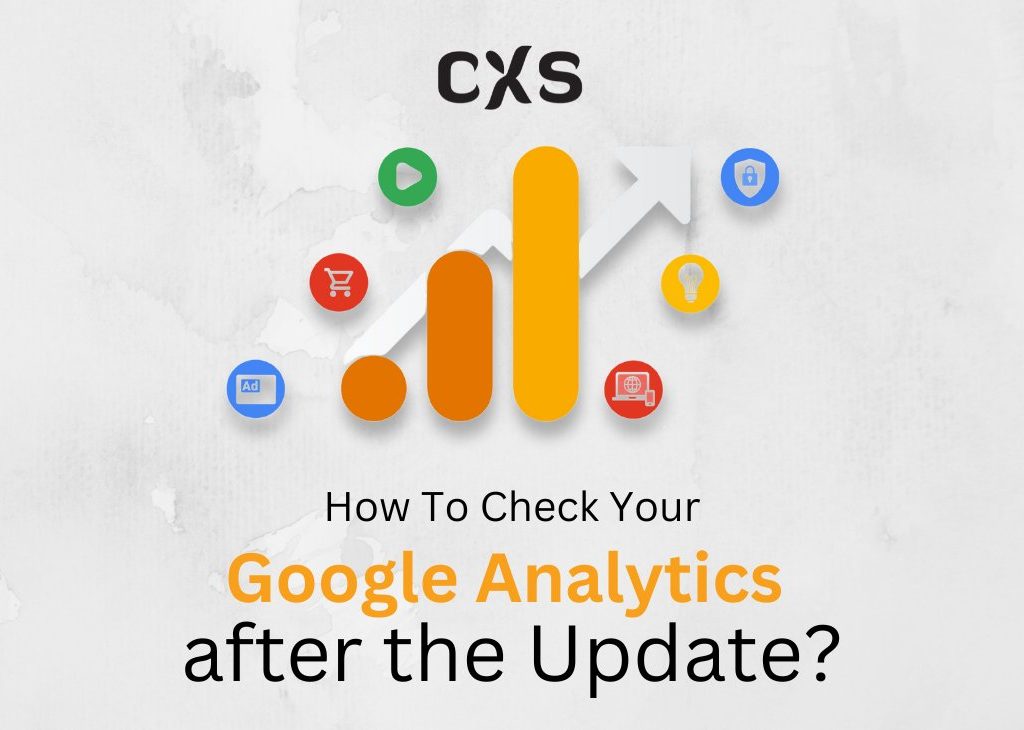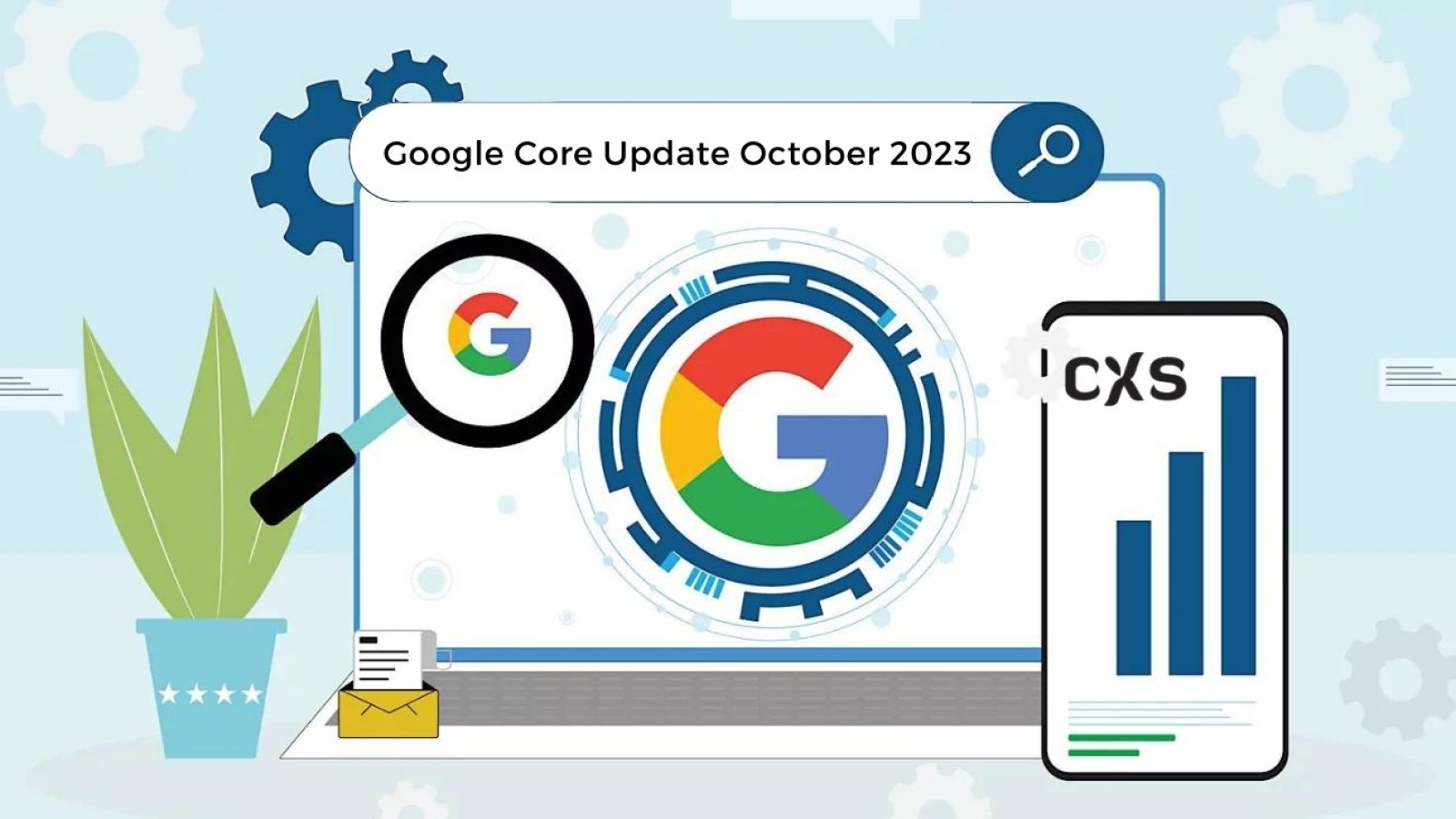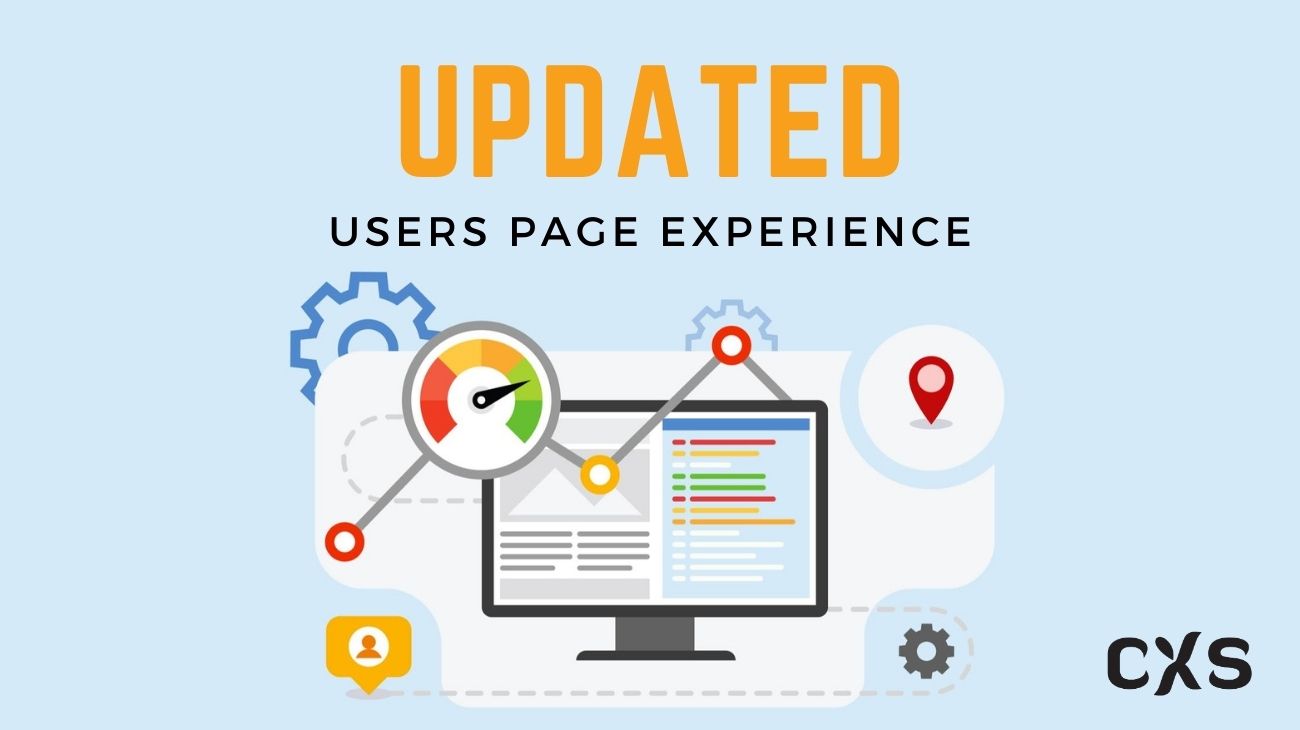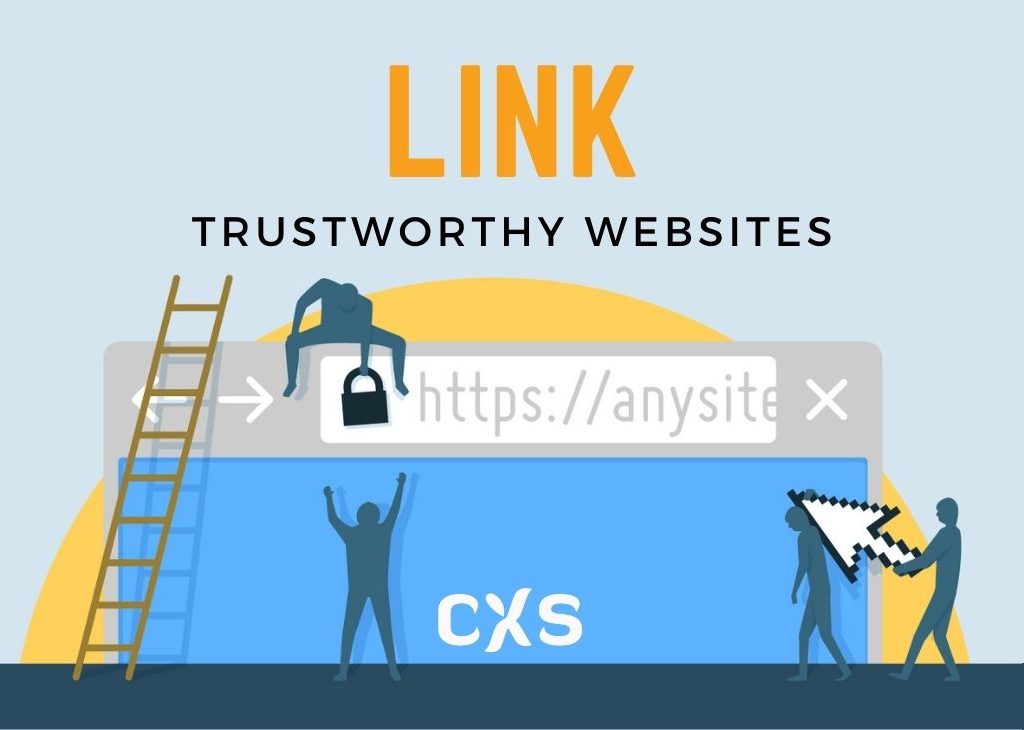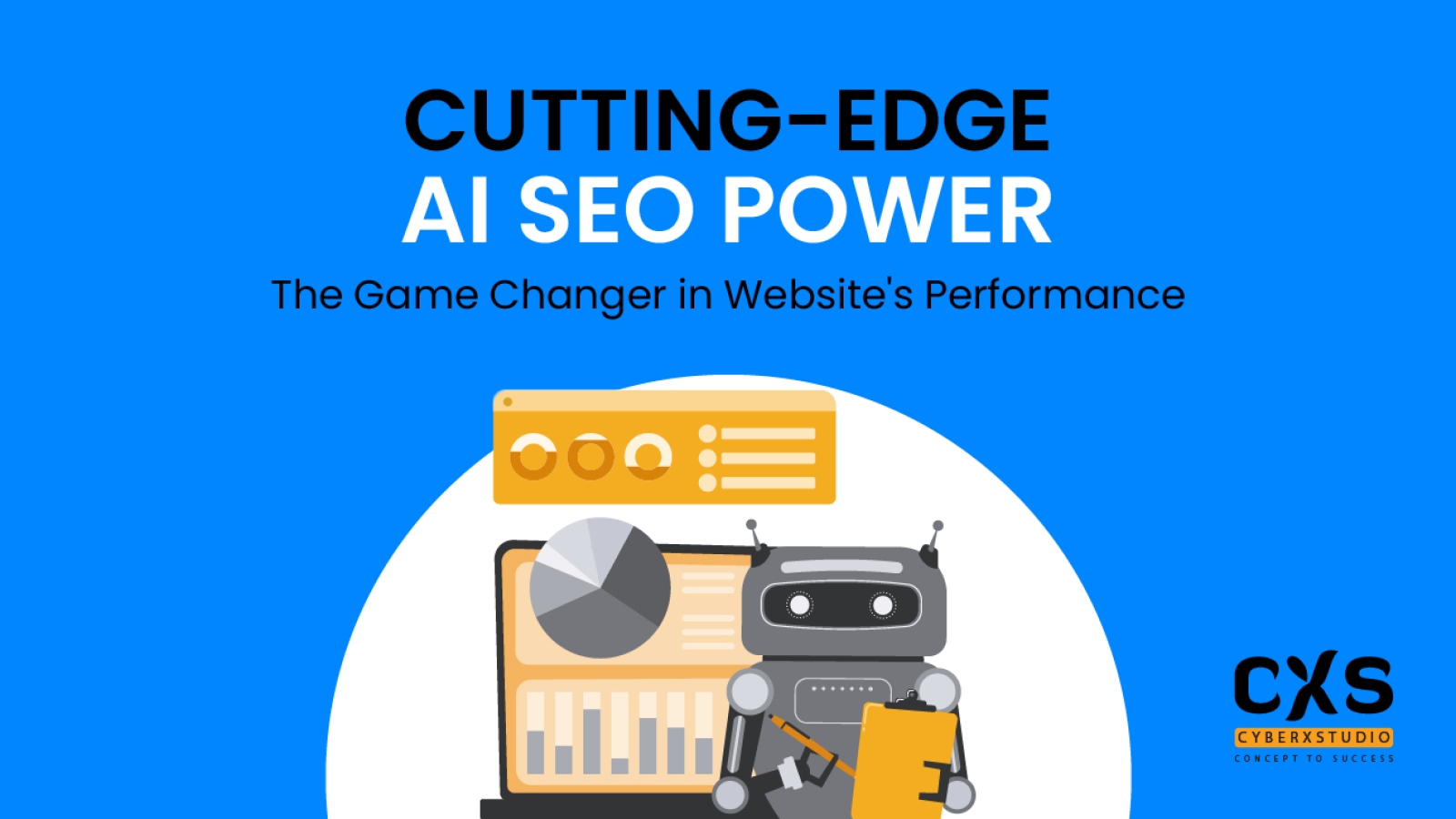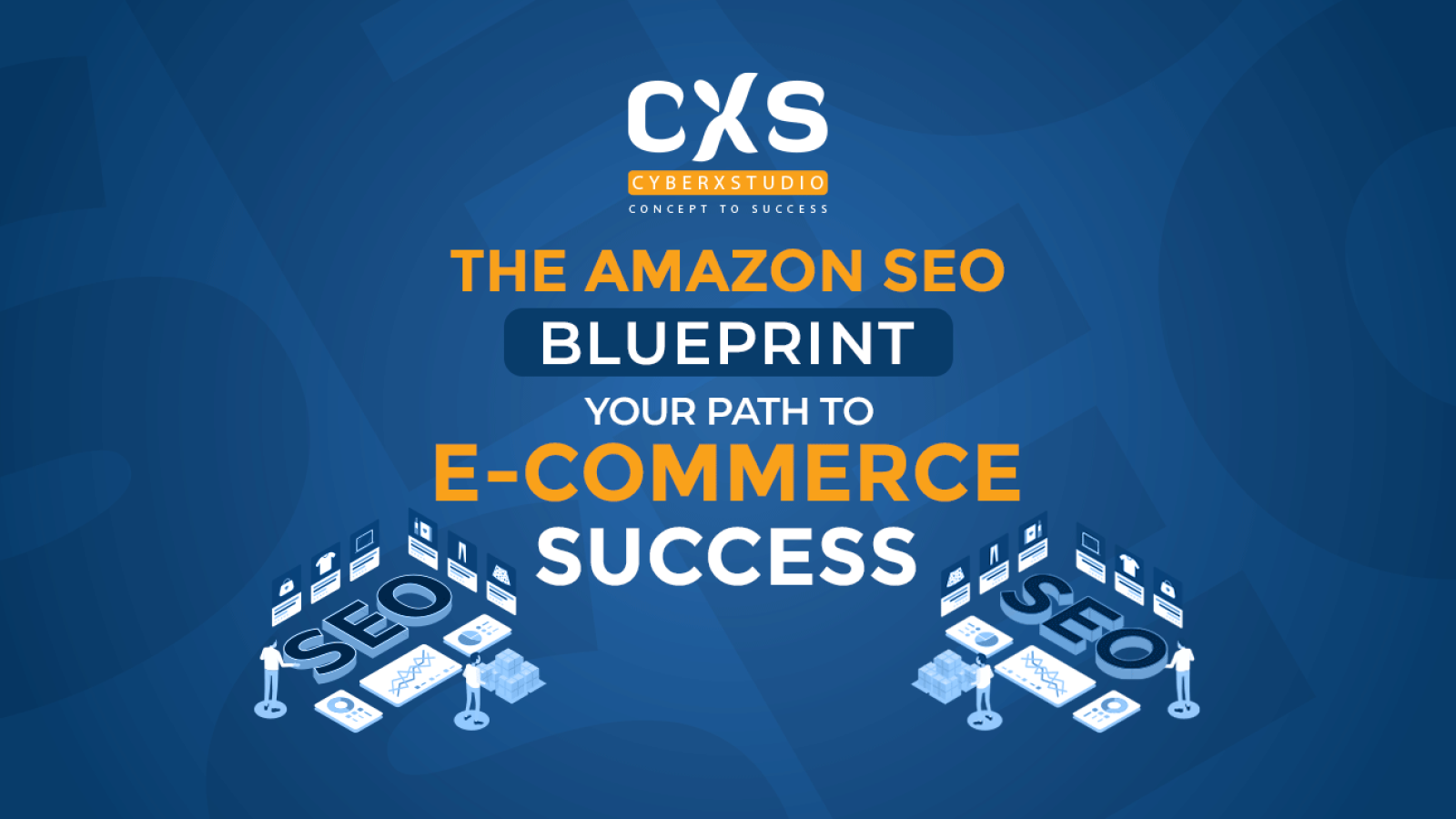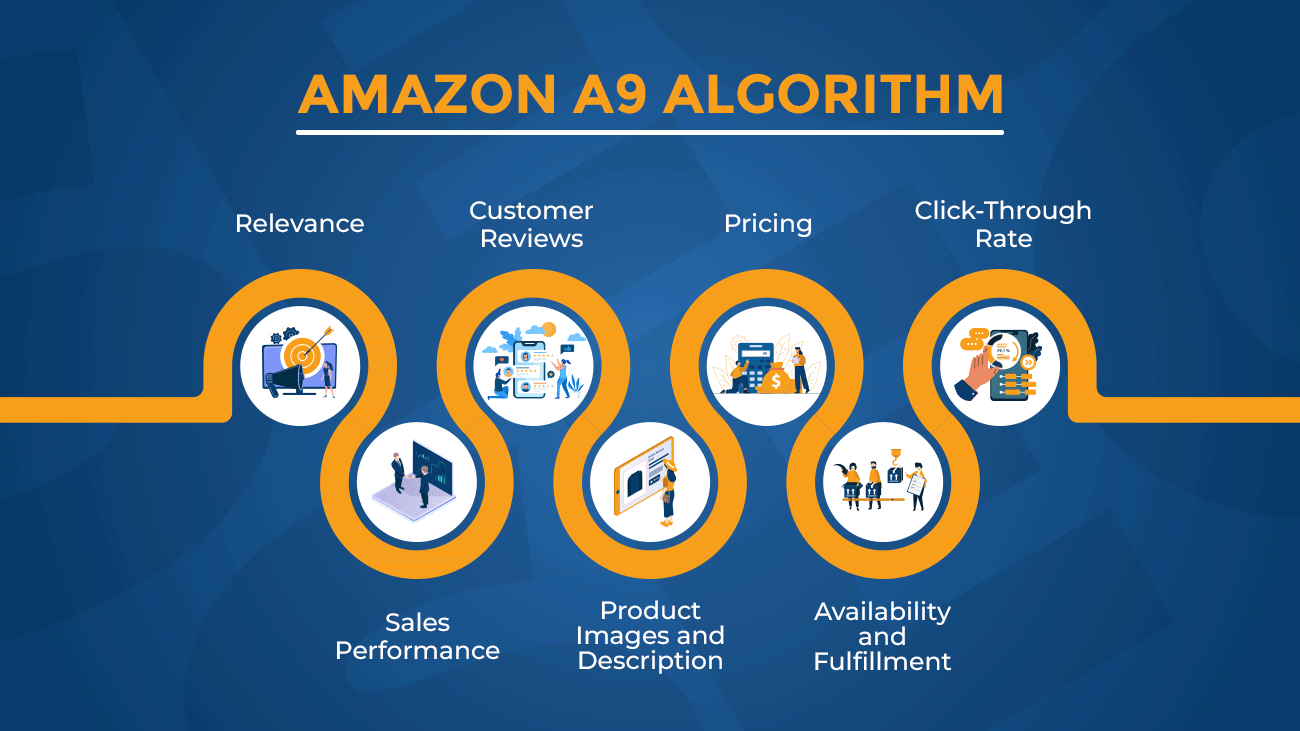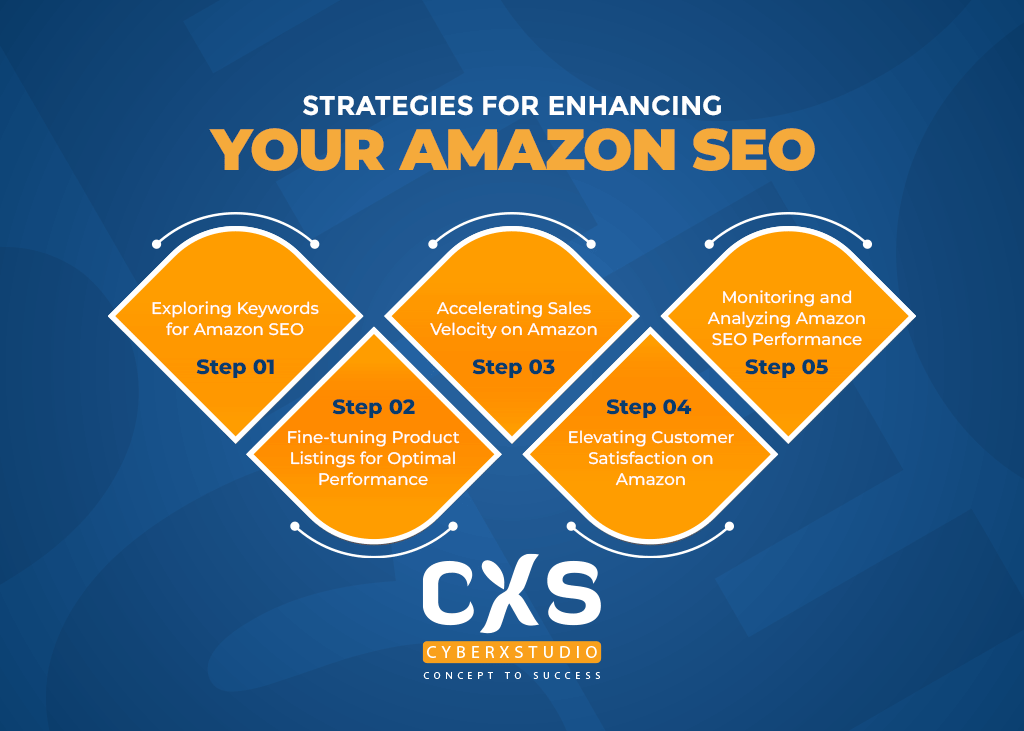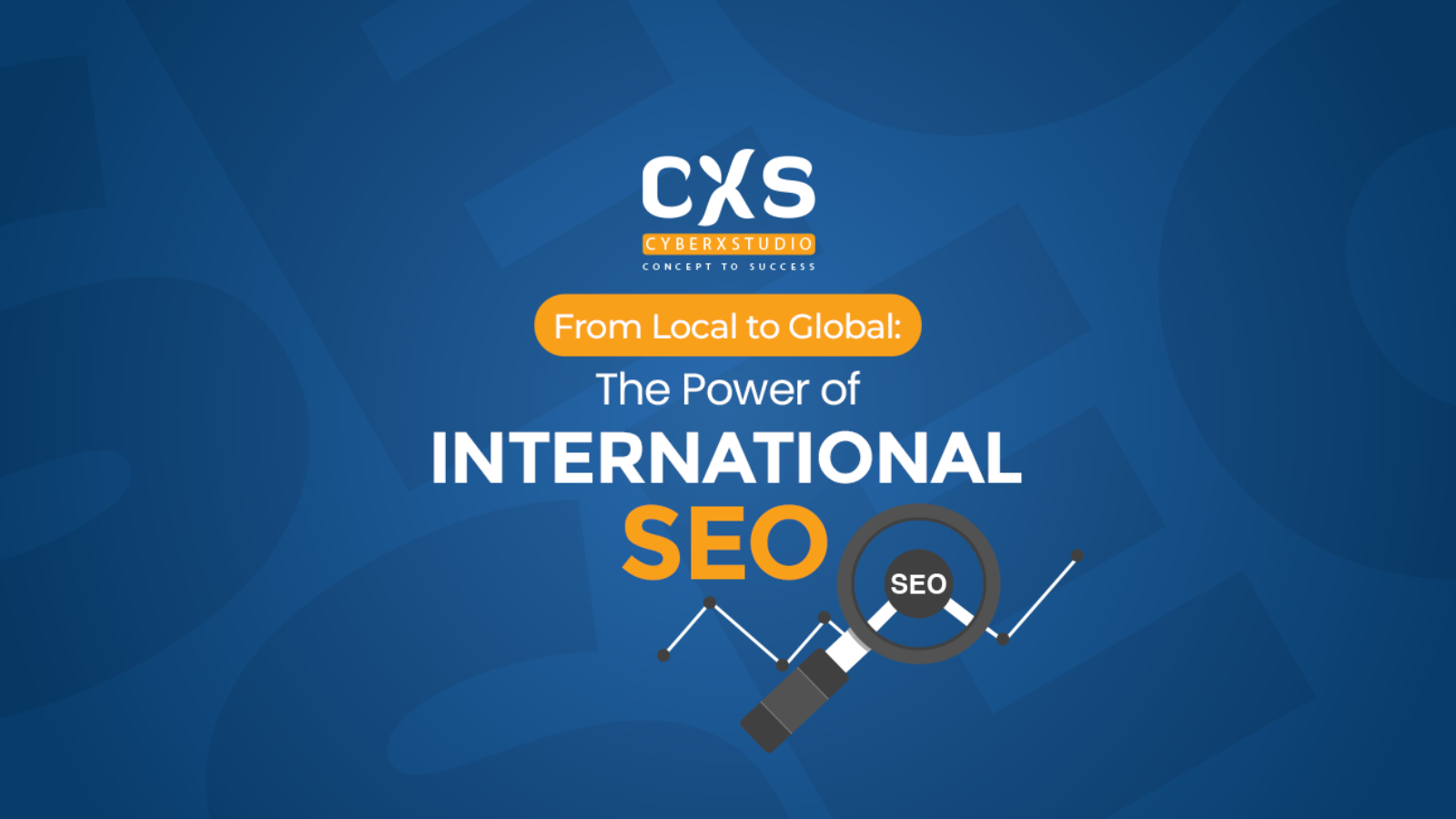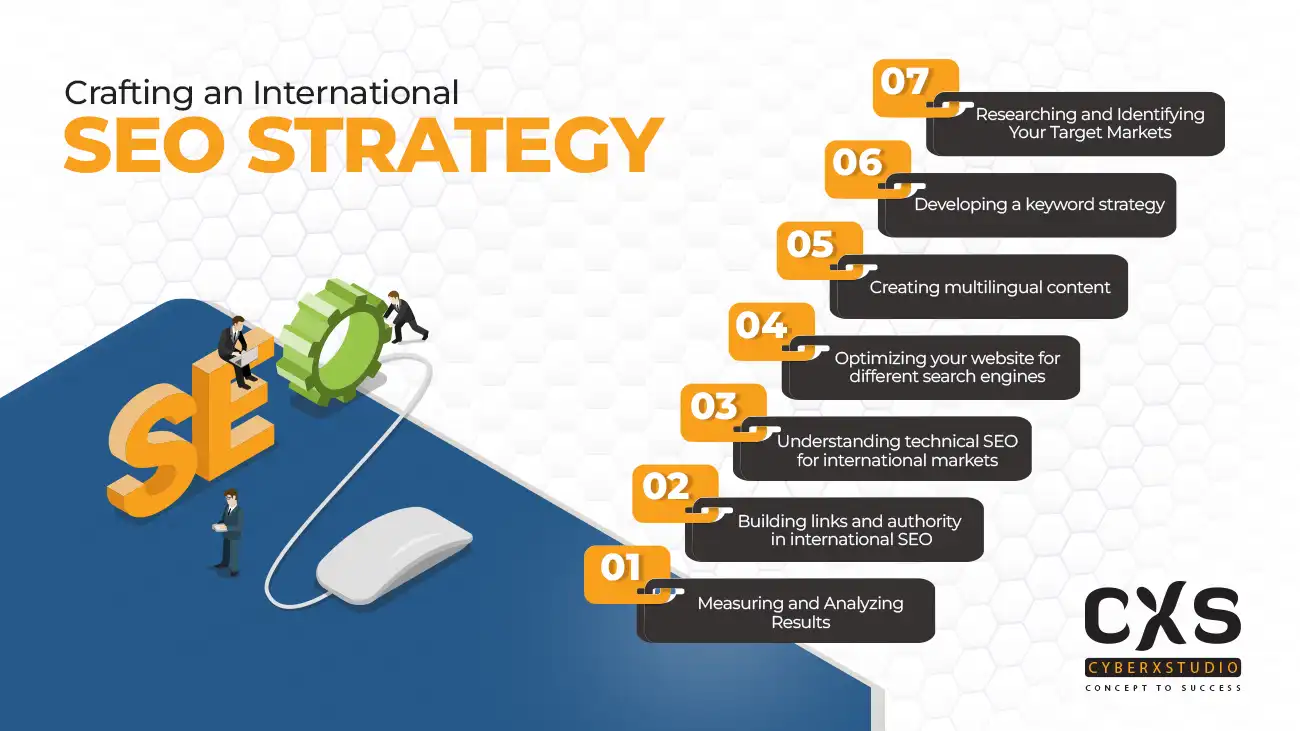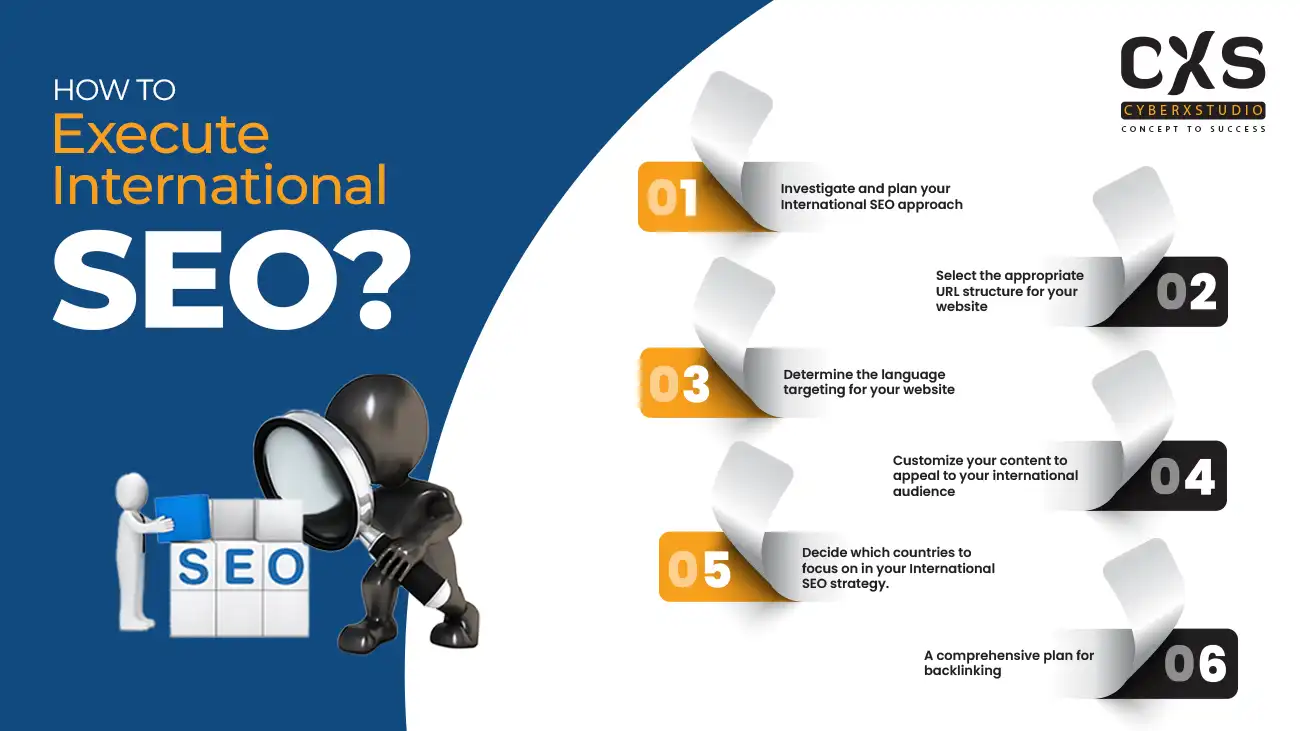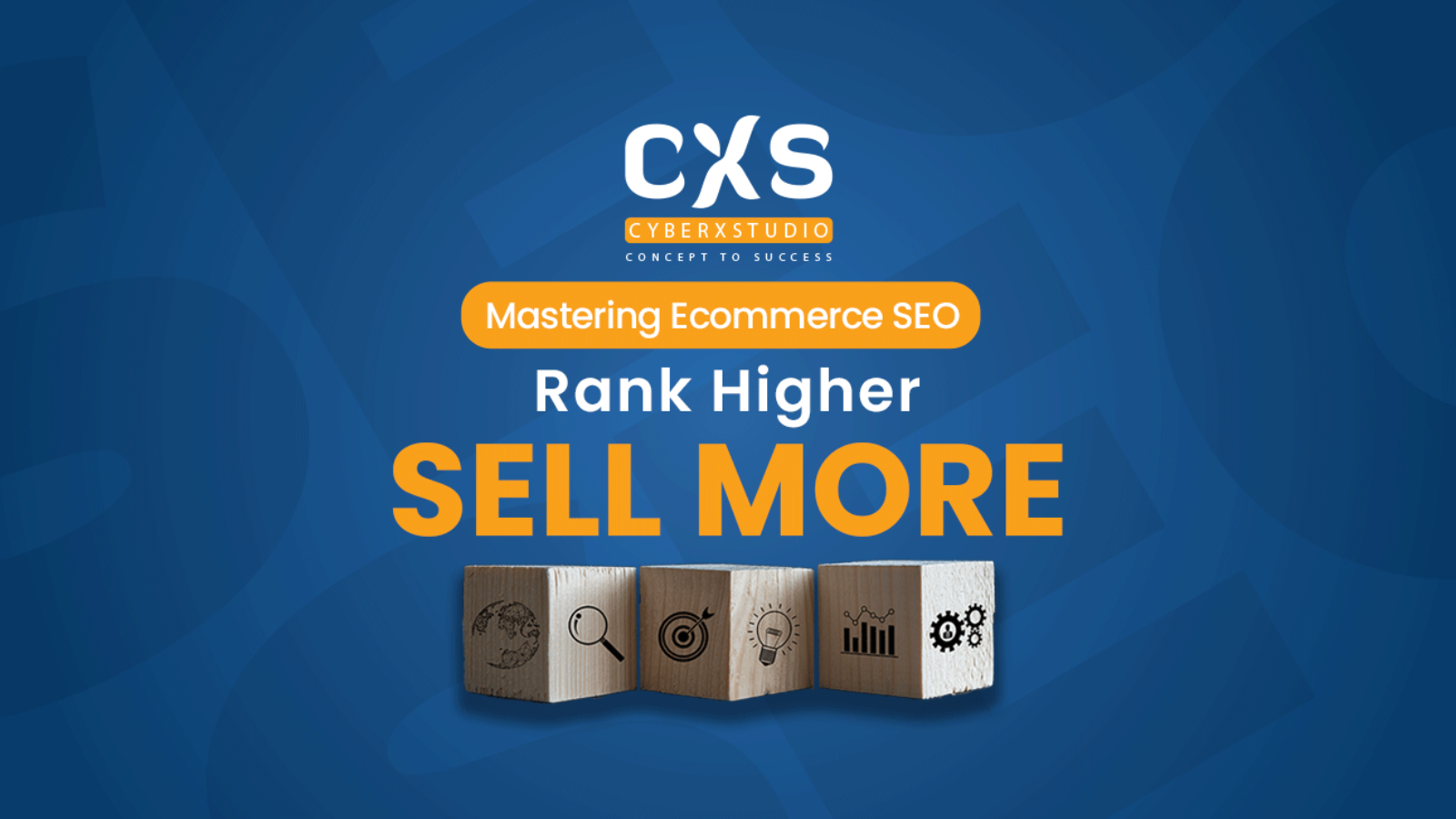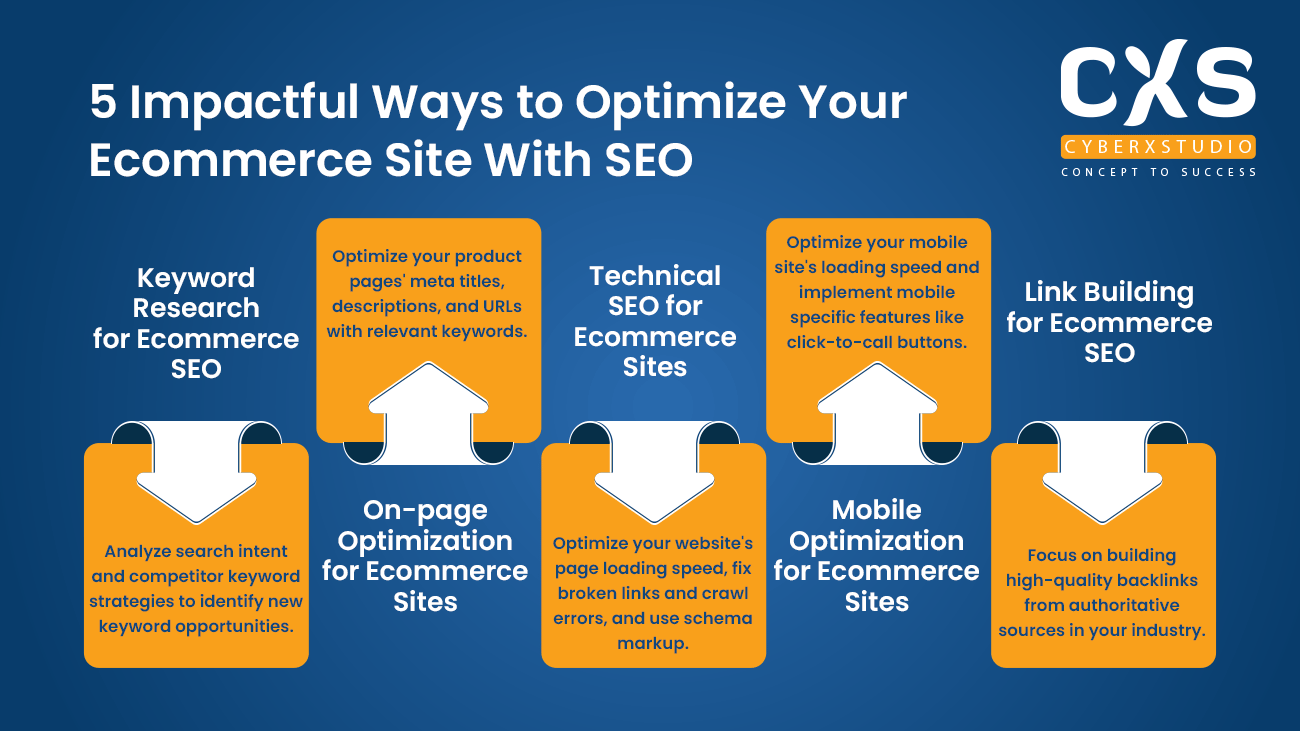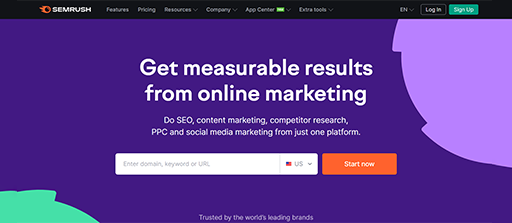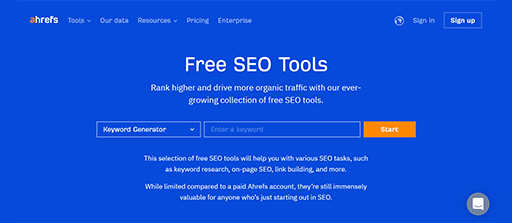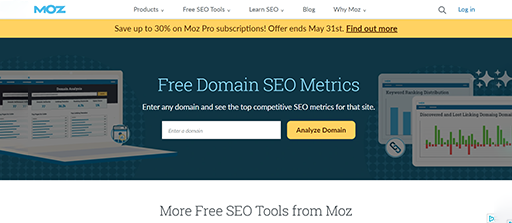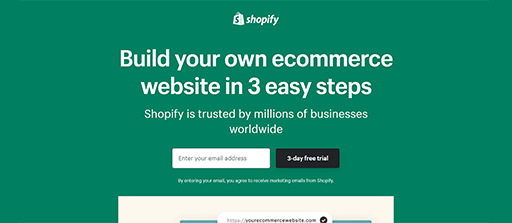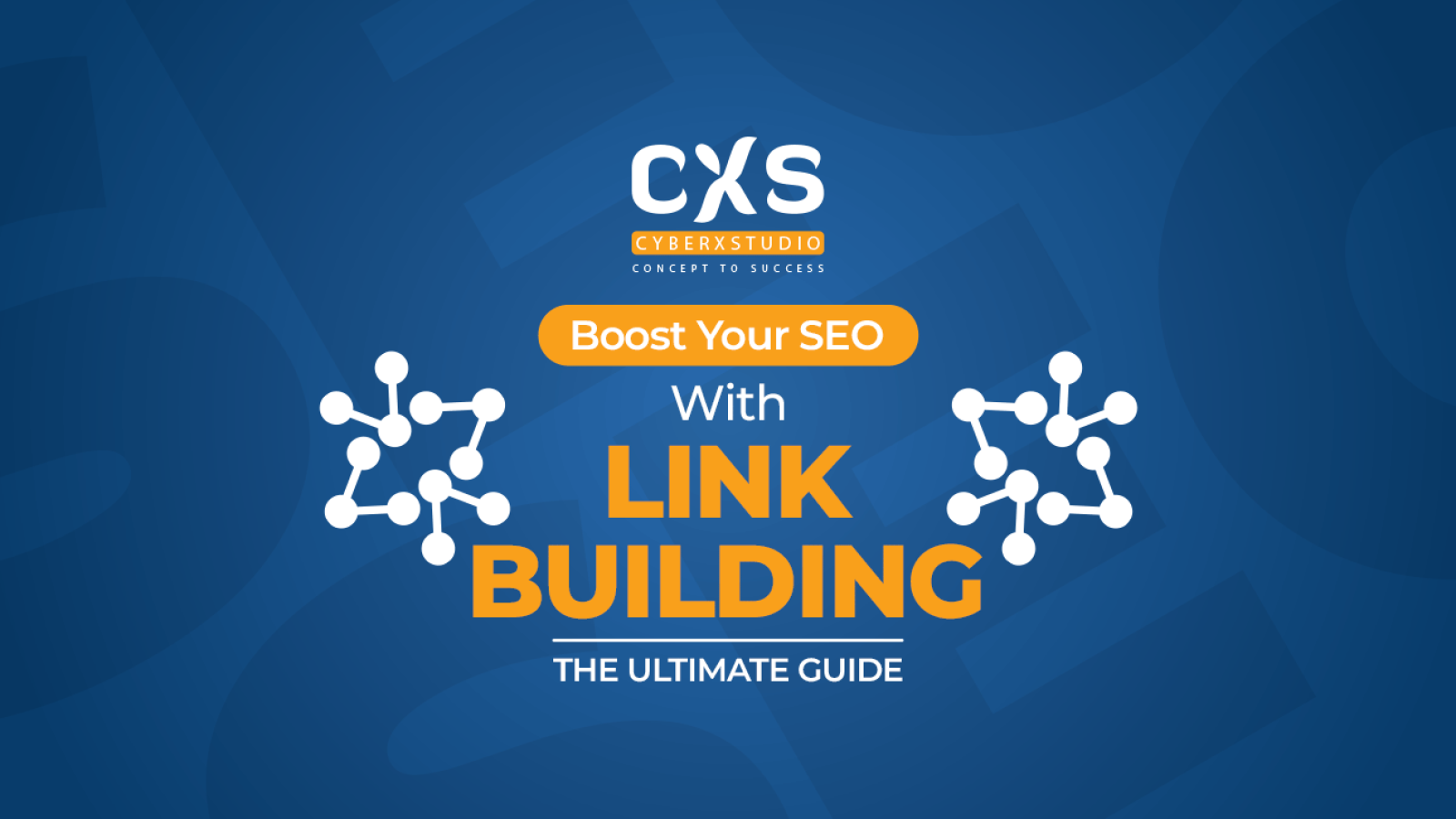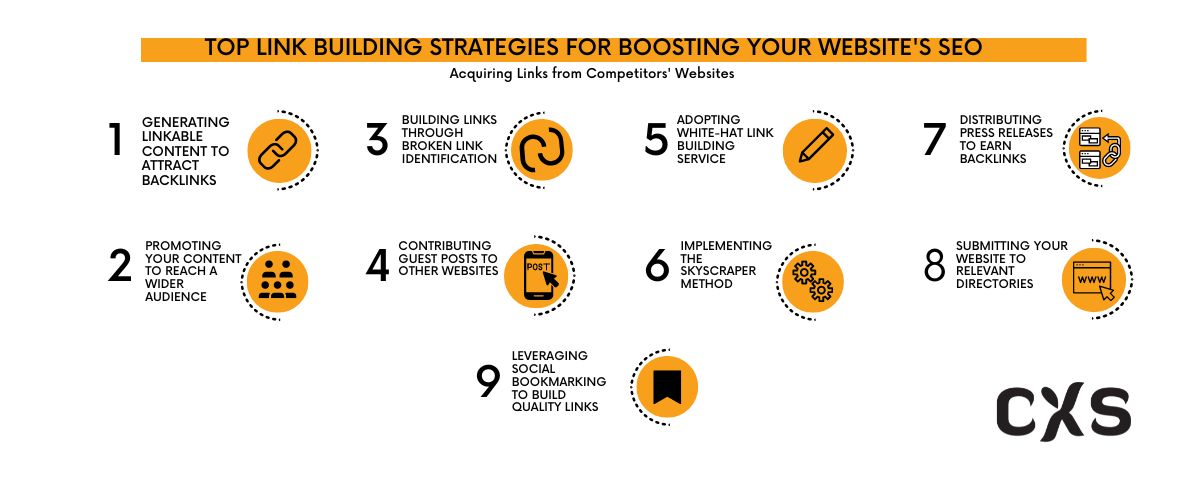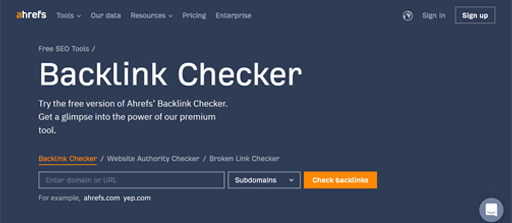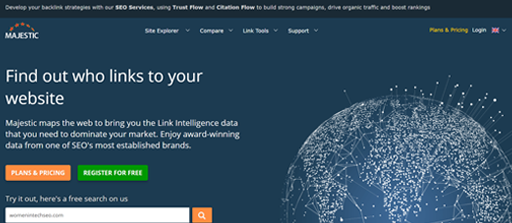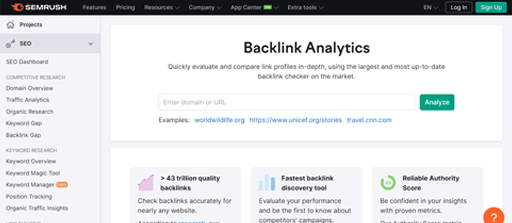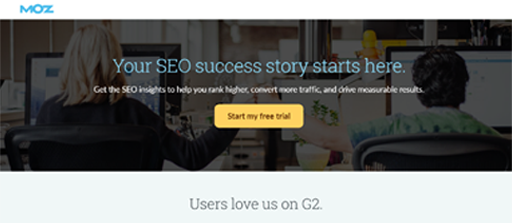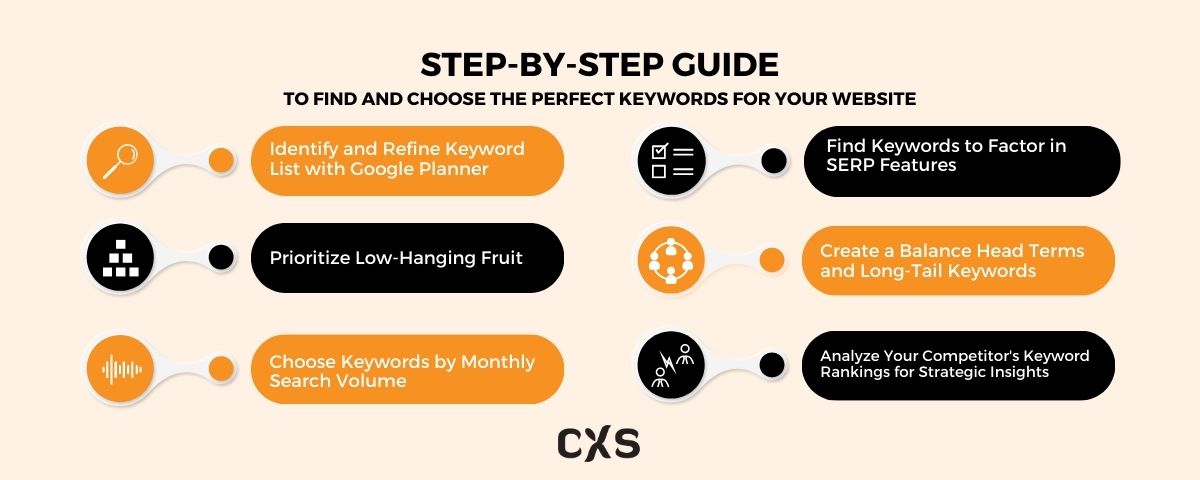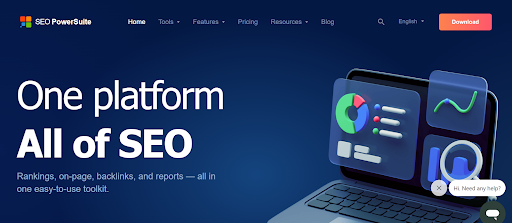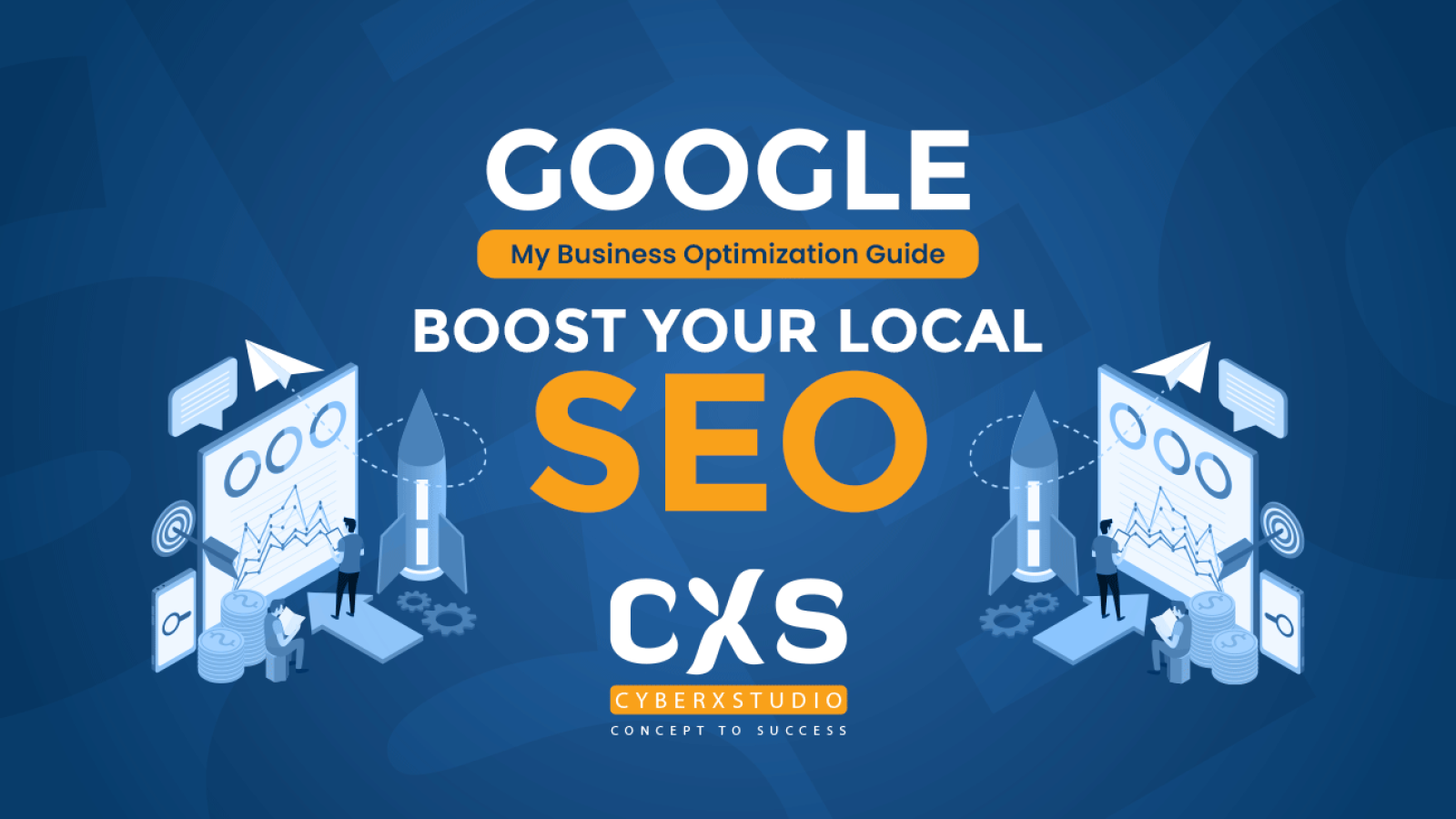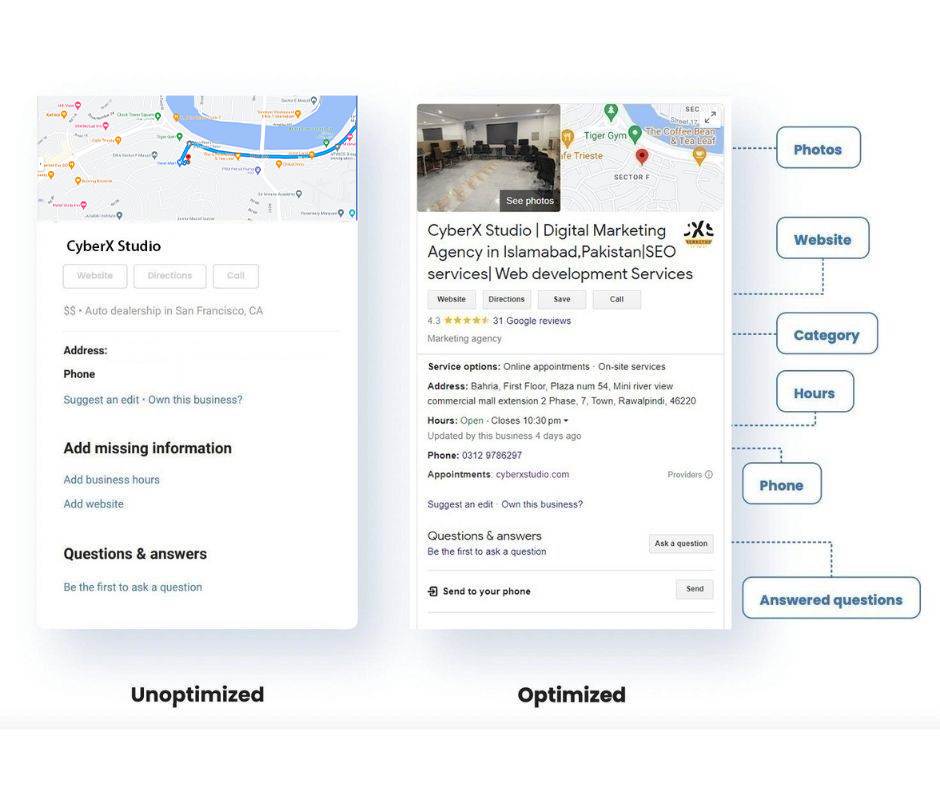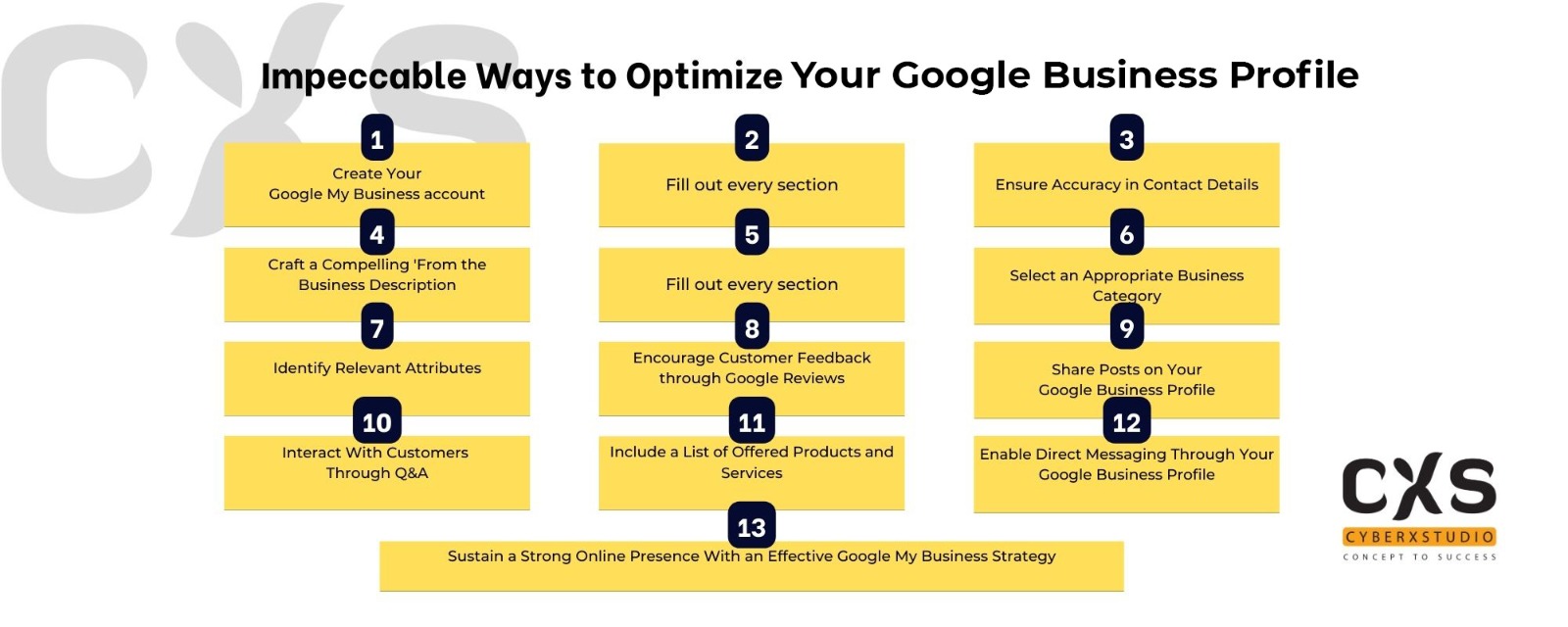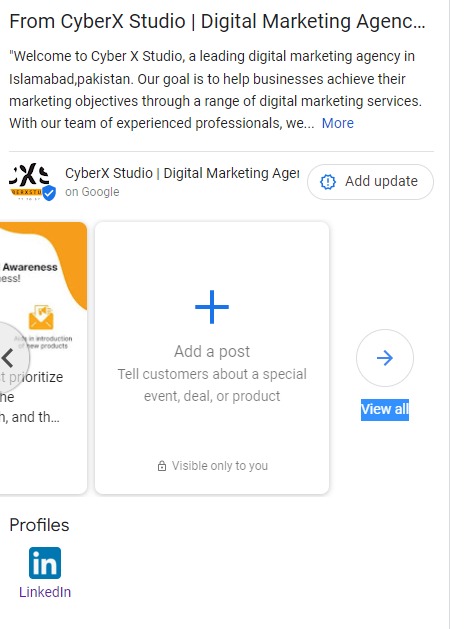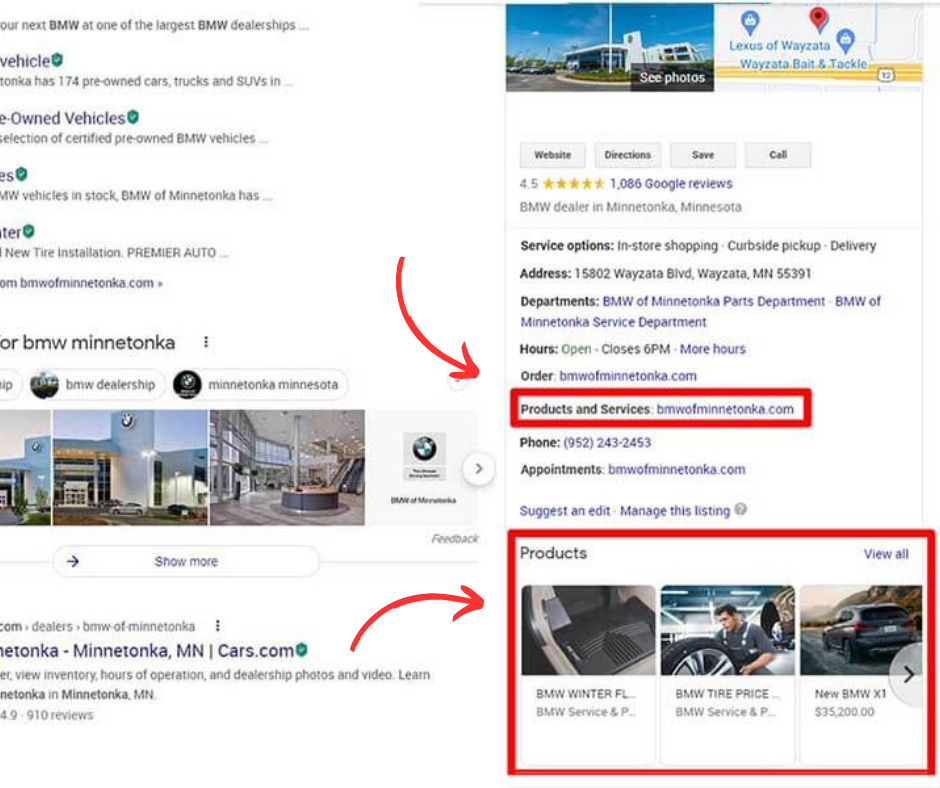YouTube has become the second most popular search platform due to the user attention given to online video content. More than 500 hours of video content is published on YouTube every 60 seconds. This demonstrates the significant amount of videos available on this channel. The vital aspect of YouTube is its influence in promoting challenges, highlighting memes, trending content, and sharing space for content creators.
To make a mark in the online arena of YouTube and make your video high-ranking, one has to consider optimizing its content. In this blog, we will give you a comprehensive guide on YouTube SEO so you can boost your video’s visibility for personal gains and digital marketing as well.
Read our recent blog for more awareness. The Unmatched Power of YouTube Backlinks in Boosting Traffic
YouTube SEO and its Implementation
YouTube SEO is managing your YouTube channel by optimizing its content. It will help your videos to appear more prominently within YouTube search results. When the videos come at the top when users search a query, this can help you gain more views, subscribers, and engagement.
The algorithm of YouTube is similar to that of Google in identifying the elements that will make a video rank higher on search engines. These are as follows:
Title and Description
Craft video titles and descriptions that are clear, concise, and compelling to convey content messages accurately. It is essential to incorporate relevant keywords to ease user research and increase rankings.
Tags
Tags allow you to organize your videos so that they can be quickly found by visitors who are looking for relevant topics. Use a combination of broad and specific tags to reach a broader audience.
Metadata
Your videos’ metadata includes the duration, upload date, and watch count. This information can assist YouTube’s search engine in learning about your videos and displaying them appropriately.
View Time
The duration of people staying and watching the video content plays a crucial role in the ranking. Also, the number of individuals matters as well in the video’s hierarchy.
Engagement
The indicators of engagement such as likes, comments, and shares help your videos’ to perform better on YouTube’s search results.
Related 10 Simple SEO Tips to Improve Business Website Ranking 10x Faster
Strategies to Boost Your Rankings on YouTube
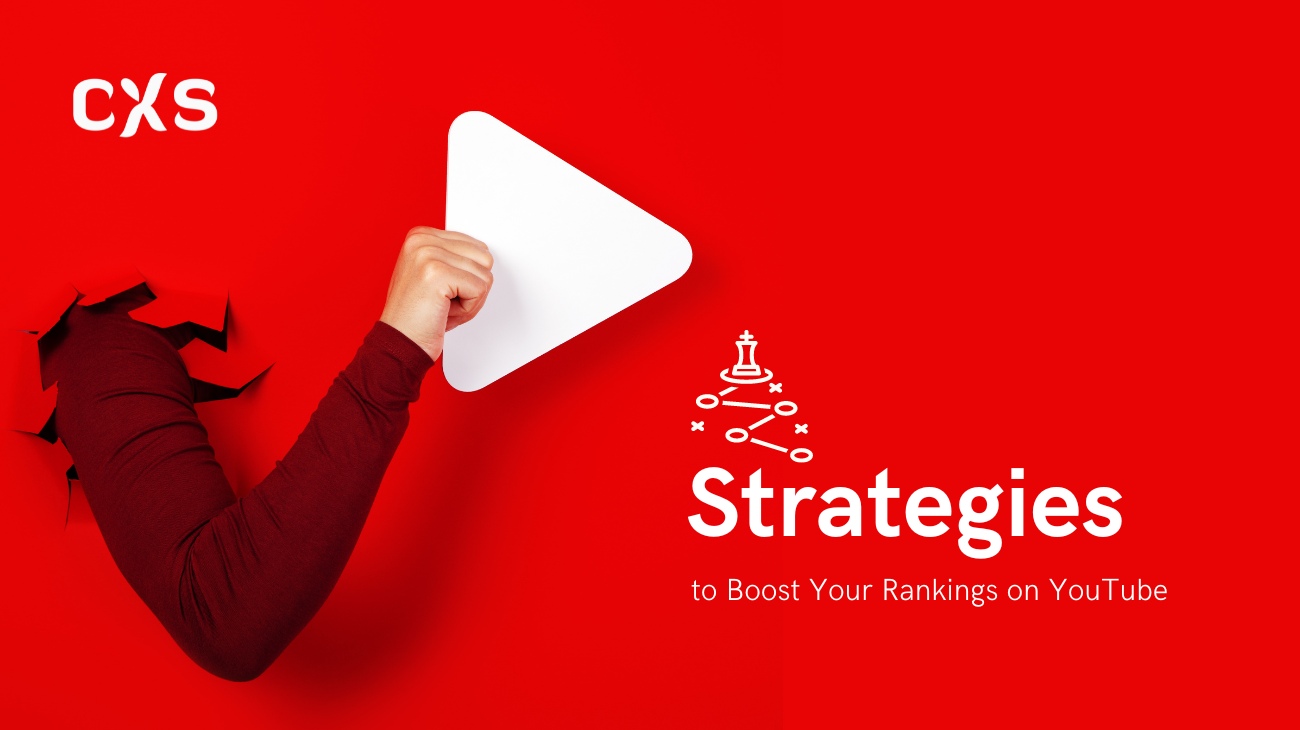
It’s a best practice to make a well-planned strategy that incorporates the fine tips and guidelines for strengthening video content positioning on the YouTube search engine. Some of the key pointers are as follows
Click here to learn more about 11 Tactics to Craft a Magnetic Video Marketing Strategy
Keywords Research and Selection
As competition is skyrocketing day by day, everyone is struggling to create a powerful impact with the top ranking. If you want to stand out, then do your research by finding and picking keywords that are relevant, have more number of searches, are less competitive, and match your content intent. Add keywords in accordance with the video title, filename, and video description.
Engaging Thumbnails
Create visually stunning thumbnails that draw attention and entice users to take action. To establish clear expectations, ensure that thumbnails match the video content.
Meaningful and Valuable Content
Emphasize creating excellent quality, interesting, crisp, and compelling content that will keep viewers intrigued. Prolonged watch times improve rankings in YouTube’s algorithm.
Consistent Branding with Thematic Videos
Ensure uniform visual and thematic identity throughout your videos. This aids in developing a unique brand voice for your channel and makes your content really appealing to your target audience.
Create Content Schedule
Regular postings induce curiosity in your audience for the upcoming content and improve video visibility on YouTube. Thus, leading to better engagement and ranking.
Motivate Users to Engage
Encourage the viewers to subscribe, like, comment, and share the video. To keep them hooked, respond to them promptly so you can enjoy more audience participation.
Promote Off-Platform
When your videos are shared on social media channels other than YouTube, it drives more traffic to the platform. Cross-promotion favors overall online presence.
Essential Tools for Optimizing Video Content
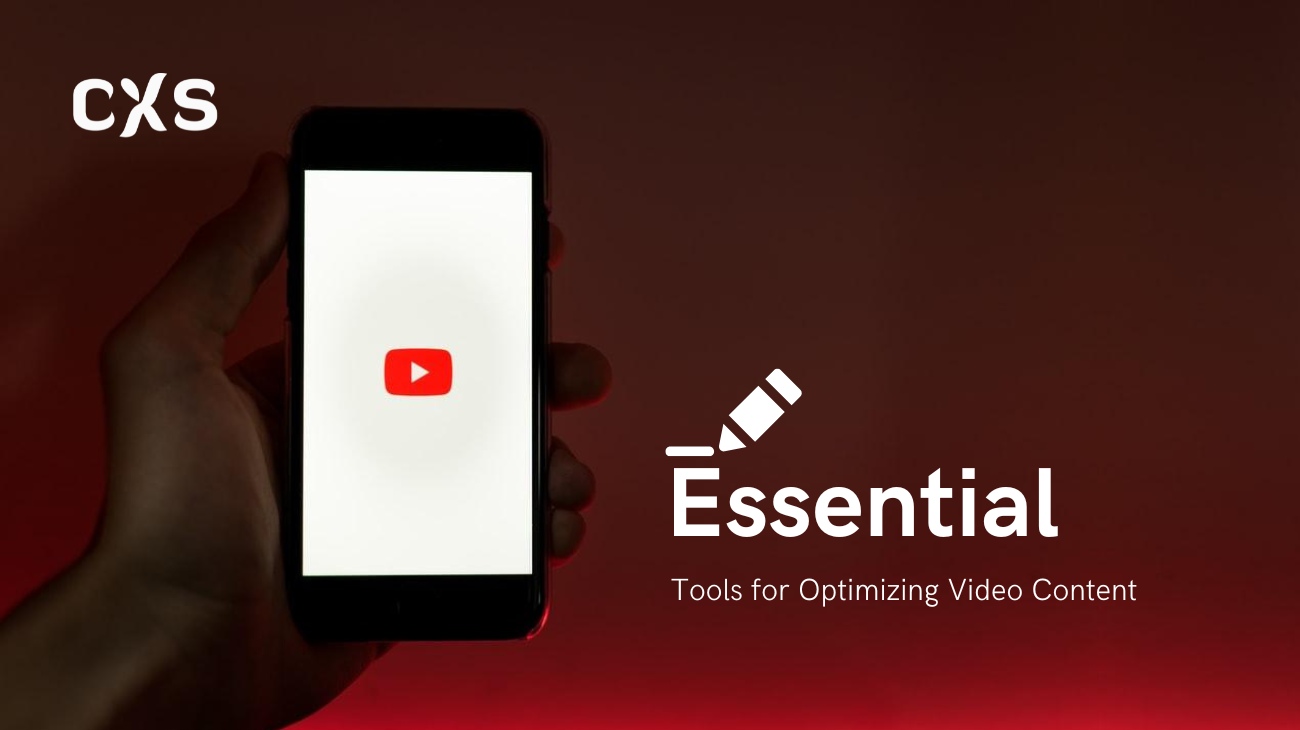
To produce a high-performing video, utilizing multiple tools to enhance your content research, graphics, and tracking is beneficial.
Keyword Research Tools:
Take advantage of tools like Google Keyword Planner, SEMrush, or Ahrefs to find relevant, high-volume, and top-ranking keywords for your video content.
Video Editing Software:
Employ creative video editing software such as Adobe Premiere Pro or Final Cut Pro to maximize the visual aesthetics and video quality.
Thumbnail Creators:
Leverage tools like Canva or Adobe Spark to design attention-grabbing thumbnails that catch the eyes and convince the watchers to click on your videos.
SEO Tools:
Use SEO tools like TubeBuddy or VidIQ to optimize video titles, descriptions, and tags for improved search engine visibility.
Analytics Platforms:
Avail of the effectiveness of YouTube Analytics or third-party tools like Social Blade to monitor key metrics, comprehend audience behavior, and refine your content strategy for maximum performance.
Conclusion
YouTube SEO is a fundamental component in leveling up your videos and performing with excellence on the channel. Valuable and interesting content is the key, yet keyword incorporation in relevance will do the magic work. To reap the fruitful benefits of high ranking on the YouTube search engine, follow a proper strategy and invest in powerful tools.
CyberX Studio is a one-stop solution to all your digital marketing problems. We transform your business’s digital presence by rendering data-driven, timely and well-strategized services. Collaborate with us and let the magic begin!




